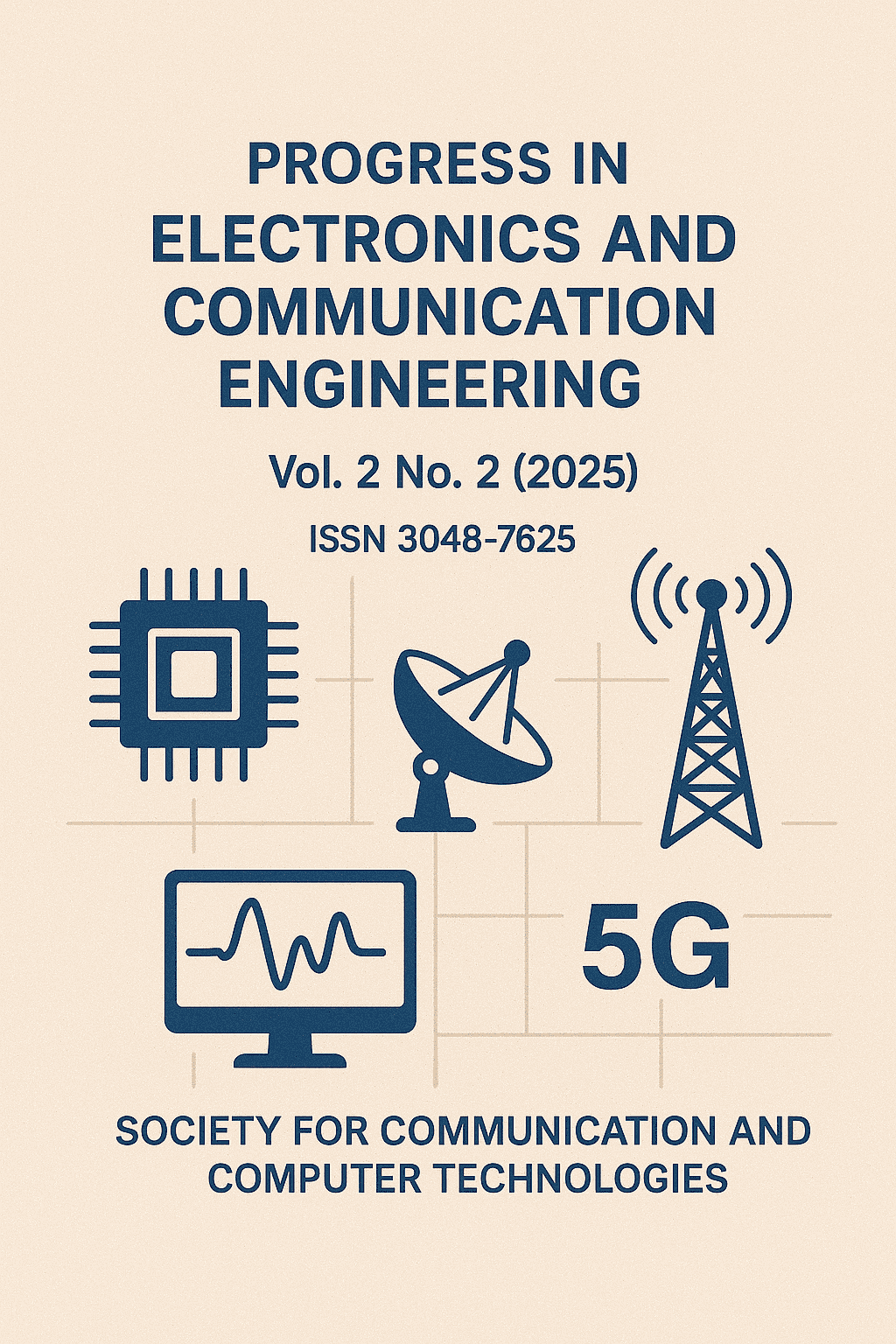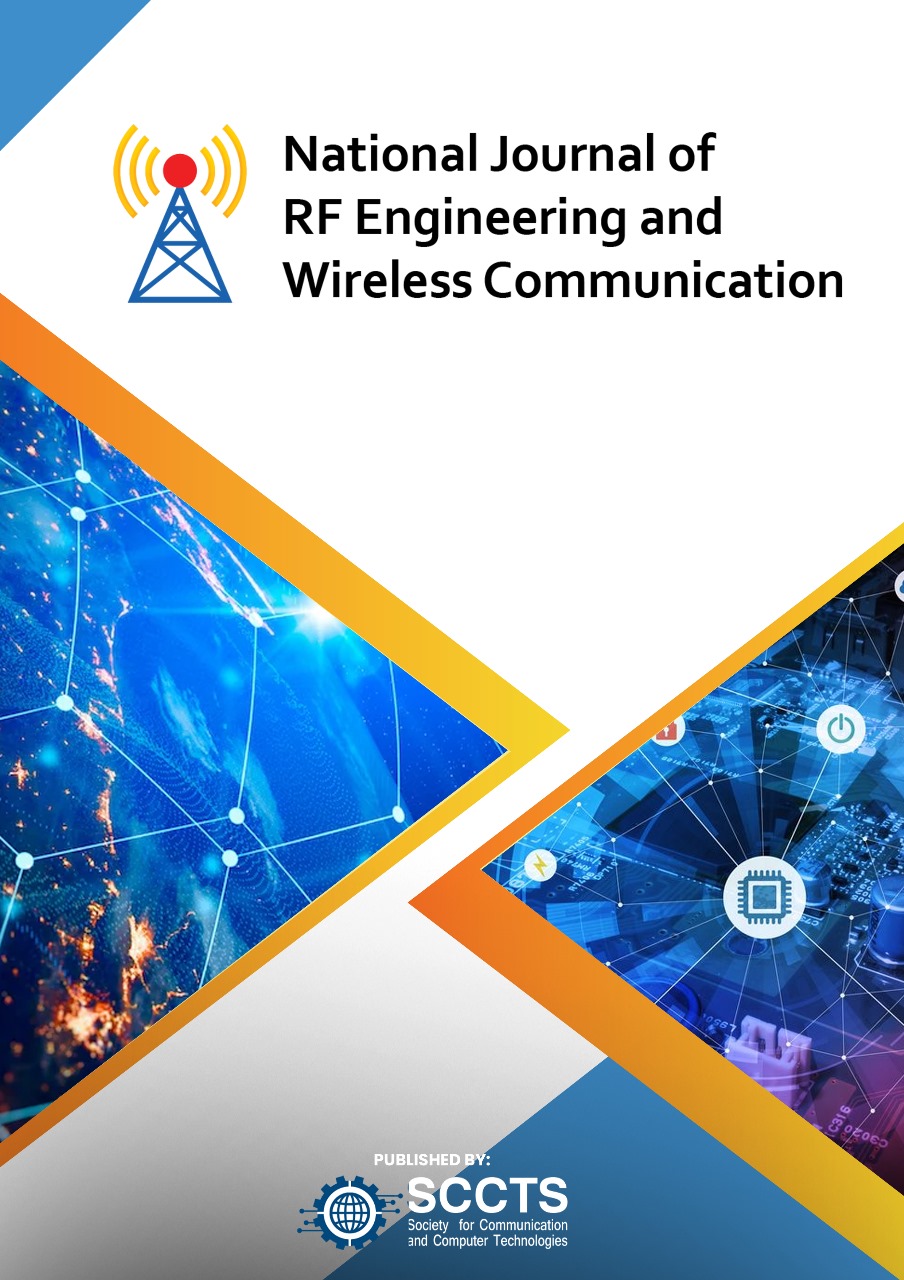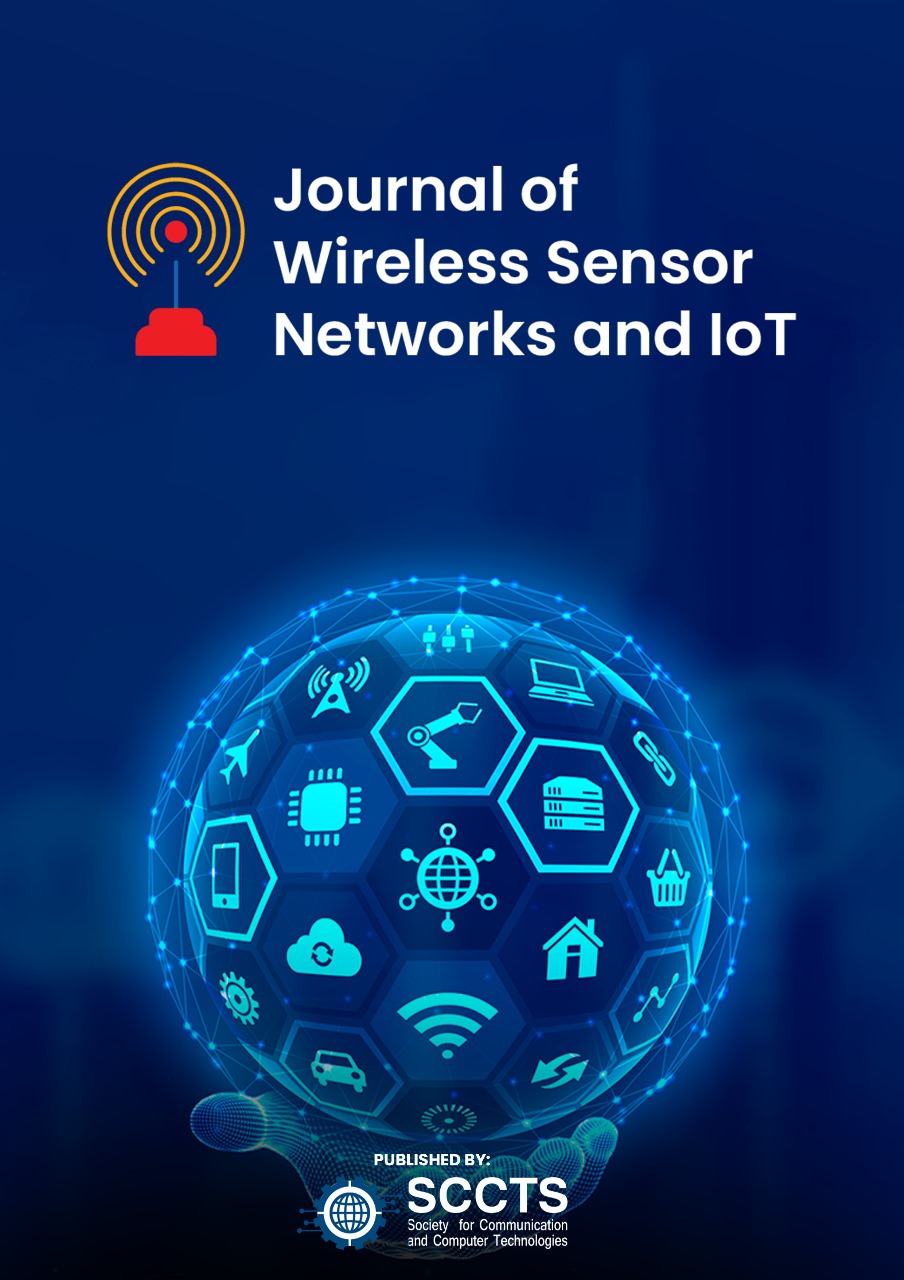Exploring Emerging Memory Technologies in Modern Electronics
DOI:
https://doi.org/10.31838/ECE/02.02.04Keywords:
Emerging Memory Technologies; ReRAM (Resistive RAM); MRAM (Magnetoresistive RAM); Phase-Change Memory (PCM); Ferroelectric RAM (FeRAM); Non-Volatile Memory; Modern ElectronicsAbstract
Emerging memory technologies are poised to revolutionize modern electronics by overcoming the limitations of traditional memory solutions like DRAM and NAND flash. These innovative technologies offer significant advancements in speed, energy efficiency, scalability, and data retention. Resistive RAM (ReRAM) uses resistive switching to store data, providing faster read and write speeds, and is ideal for IoT and wearable devices due to its low power consumption and non-volatility. Magnetoresistive RAM (MRAM) leverages magnetic states to store information, offering high speed, endurance, and non-volatility, making it suitable for applications requiring data persistence such as in automotive and aerospace sectors. Phase-Change Memory (PCM) exploits the reversible switching between amorphous and crystalline states in chalcogenide glass, delivering high storage density and fast access times, beneficial for next-generation computing and data centers. Ferroelectric RAM (FeRAM) utilizes ferroelectric materials to achieve rapid write speeds and low power consumption, with applications in smart cards and security systems. As these technologies continue to evolve, they are expected to become integral components of future electronic devices, driving advancements in artificial intelligence, big data analytics, and ubiquitous computing, and thereby pushing the boundaries of modern electronics towards more efficient, faster, and reliable memory solutions.


















